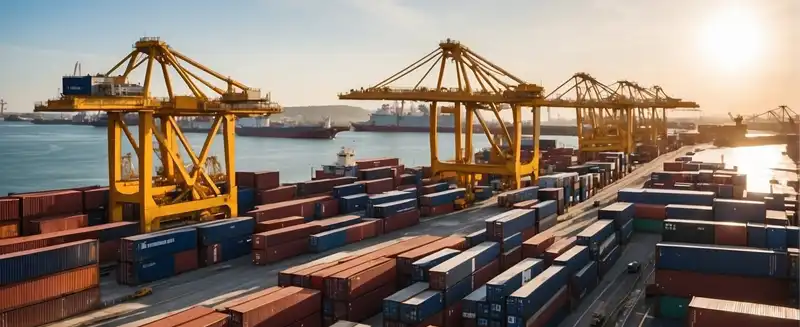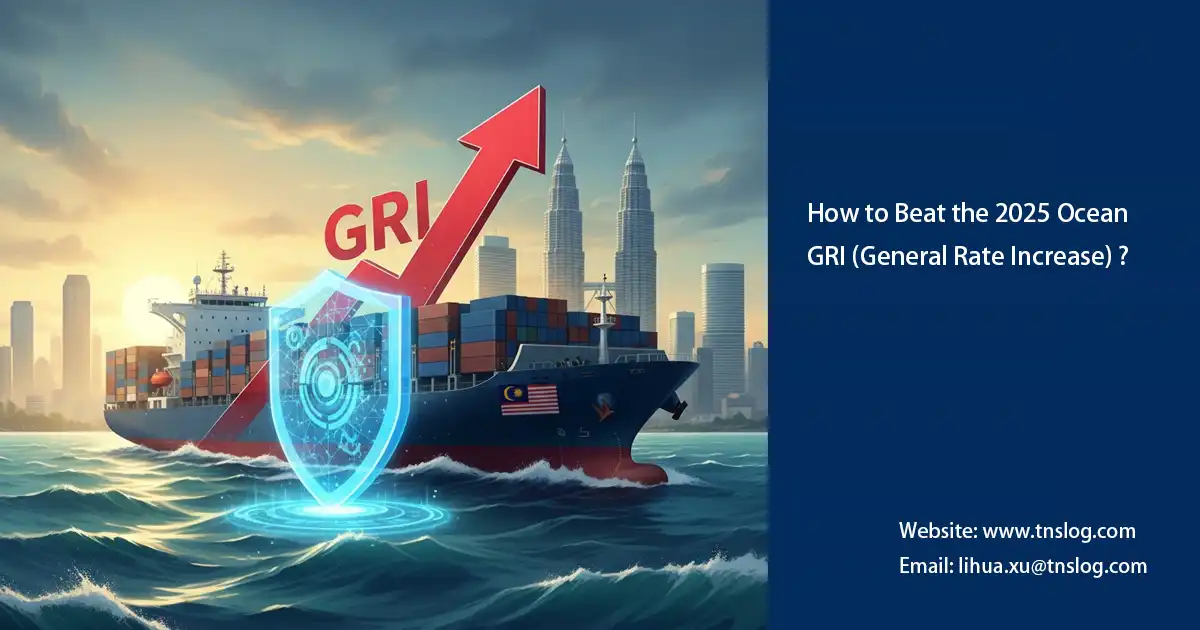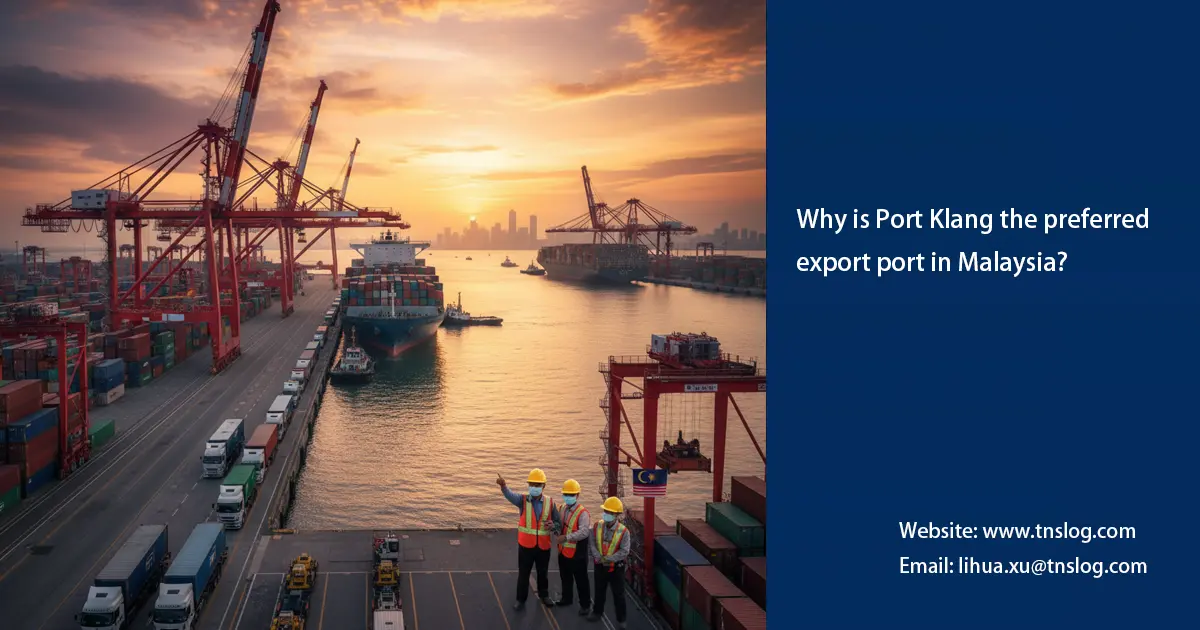International Shipping Rate Fluctuation Analysis
Supply-Demand Imbalance: The Core Driver of Peak Season Rate Surges
The sharp rise in freight rates during peak seasons stems from dynamic shifts in market supply and demand. Key drivers include:
- Demand Surge: Global retail peaks, such as Black Friday, Christmas, and Lunar New Year preparations, drive concentrated demand in the third and first quarters. Major trade lanes, particularly Asia to North America and Europe, can see cargo volumes increase by 20%-30% (Source: Drewry Shipping Consultants).
- Capacity Constraints: Shipping companies are limited by fleet size and port throughput capacity, making it difficult to scale up available slots rapidly. In 2024, global container fleet capacity grew by only 3.5% (Clarksons Research), far below the demand surge during peak seasons.
- Capacity Management Strategies: Carriers optimize capacity through blank sailings, route adjustments, or ad-hoc port calls to maximize per-voyage revenue. However, blank sailings often reduce available slots by 10%-15%, further tightening the market and driving up rates.

Freight Rate Components: The Complexity of Peak Season Costs
The escalation of freight rates during peak seasons is driven not only by adjustments to base rates but also by multiple surcharges. Key components include:
General Rate Increase (GRI): Carriers typically announce GRIs 1-2 months before peak season, raising base rates. For example, in Q3 2024, GRIs on Asia-North America routes averaged $500-$1,000/FEU (40-foot equivalent unit).
Peak Season Surcharge (PSS): To address capacity shortages, carriers impose PSS, typically ranging from $200-$800/TEU (20-foot equivalent unit), depending on the route and cargo volume.
Dynamic Surcharges:
- Bunker Adjustment Factor (BAF): Influenced by global oil price fluctuations, BAF is expected to rise in early 2025 due to IMO low-sulfur fuel regulations.
- Currency Adjustment Factor (CAF): In markets with significant currency volatility (e.g., Southeast Asia), CAF can add 5%-10% to costs.
- Congestion Surcharge: Ports like Port Klang may face congestion during peak seasons, with additional fees ranging from $100-$300 per container.
Geopolitical and External Influences
Peak season rate fluctuations are not solely driven by supply and demand but are also impacted by external factors:
- Geopolitical Risks: Events like the Red Sea crisis or trade tariff adjustments can lead to route changes or capacity reallocations, pushing up rates. For instance, in 2024, Red Sea disruptions caused Asia-Europe route rates to rise by approximately 20% (Xeneta data).
- Climate and Port Efficiency: Extreme weather or port strikes (e.g., 2024 U.S. East Coast port strikes) can further constrain capacity and extend cargo turnaround times.

Our Solutions: The Value of a Professional Malaysian Freight Forwarder
As a Malaysia-based freight forwarder, we leverage the strategic advantage of Port Klang and strong partnerships with global carriers to offer the following professional services:
- Intelligent Rate Forecasting: Using advanced analytics and real-time market data (e.g., Freightos Baltic Index), we provide early warnings on GRI and PSS trends, enabling optimized shipping plans.
- Tailored Logistics Solutions:
- FCL vs. LCL Flexibility: Based on cargo volume and time sensitivity, we offer cost-effective options. LCL, for instance, can reduce costs by 20%-30% for smaller shippers.
- Multimodal Optimization: Leveraging Port Klang’s rail and trucking networks, we provide door-to-door services for inland shippers, mitigating port congestion impacts.
- Supply Chain Transparency: Our real-time tracking system ensures you have full visibility of your cargo, enabling timely supply chain decisions.
Strategies to Stay Competitive in Peak Season
- Early Planning: Book slots and lock in rates 2-3 months in advance to mitigate GRI and PSS impacts.
- Diversified Routing: Consider transshipment via secondary ports (e.g., Singapore or Laem Chabang, Thailand) to reduce congestion risks on main routes.
- Long-Term Partnerships: Establishing a relationship with a trusted freight forwarder ensures slot and rate stability during peak seasons.
Conclusion
Peak season freight rate fluctuations result from supply-demand imbalances, external factors, and carrier strategies. As your strategic logistics partner in Malaysia, we are committed to delivering tailored solutions, industry expertise, and a robust network to optimize your supply chain efficiency. Contact us today for the latest rate insights and customized logistics solutions to help your business thrive in the global market!
You may also be interested in
Have Anything To Ask Us?
Please fill in your email in the form and we’ll get back to assist you soon!




